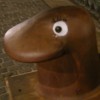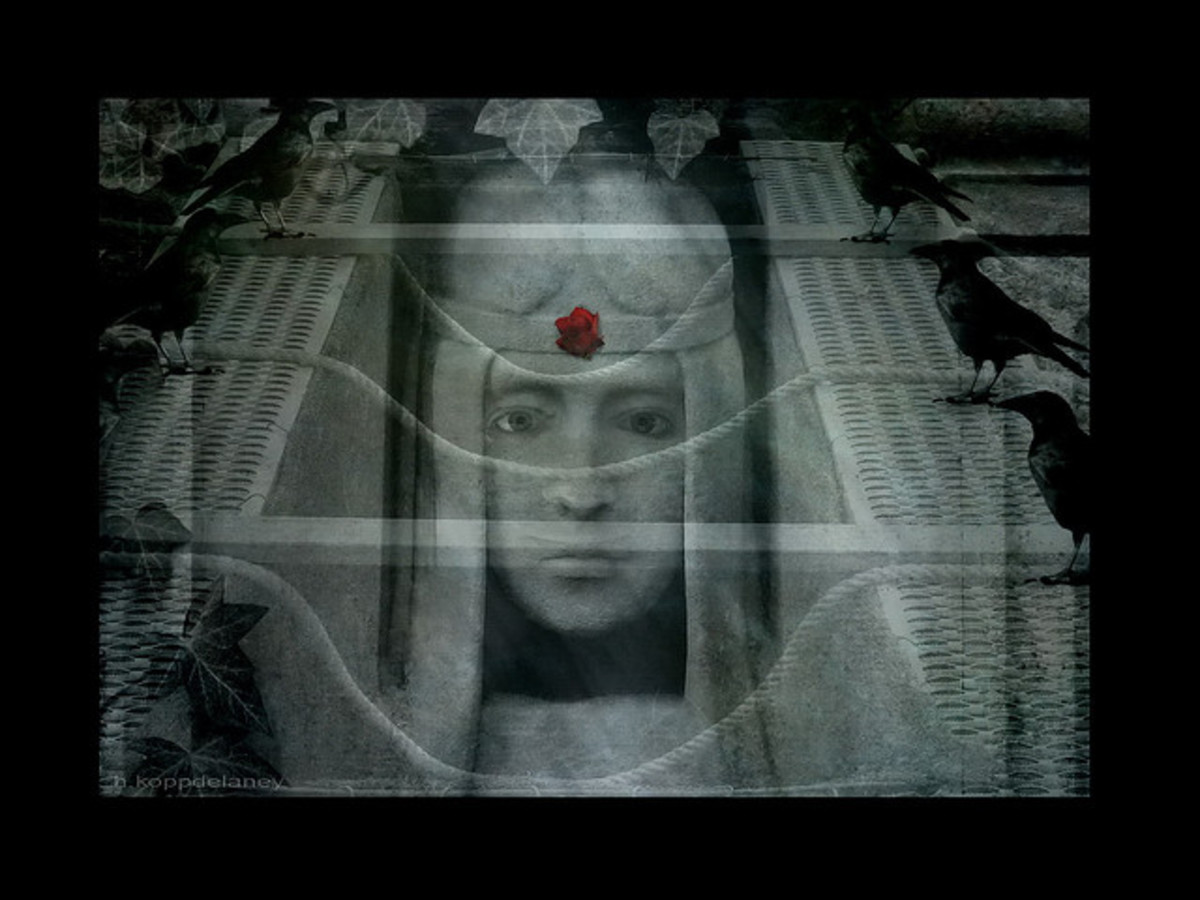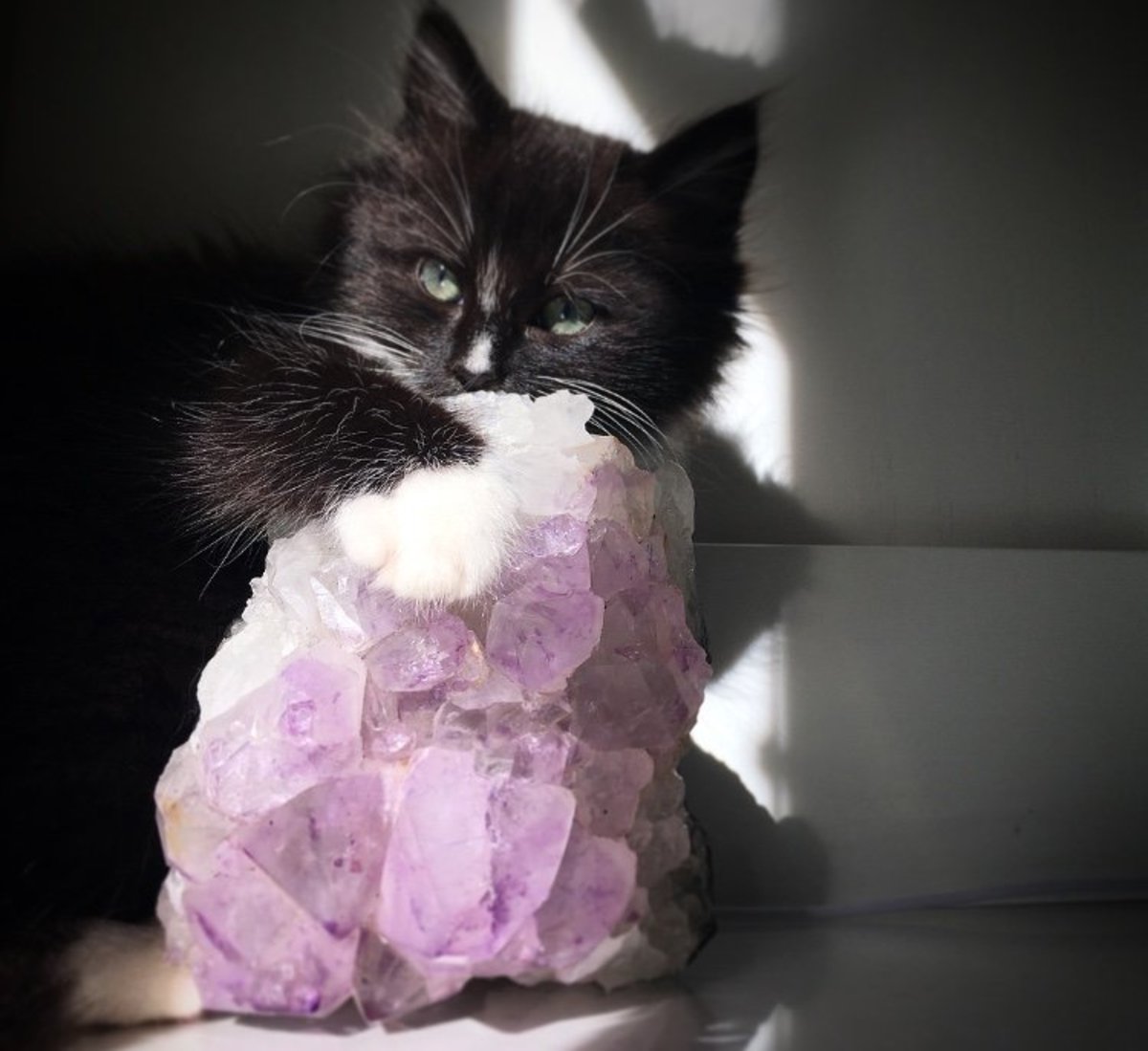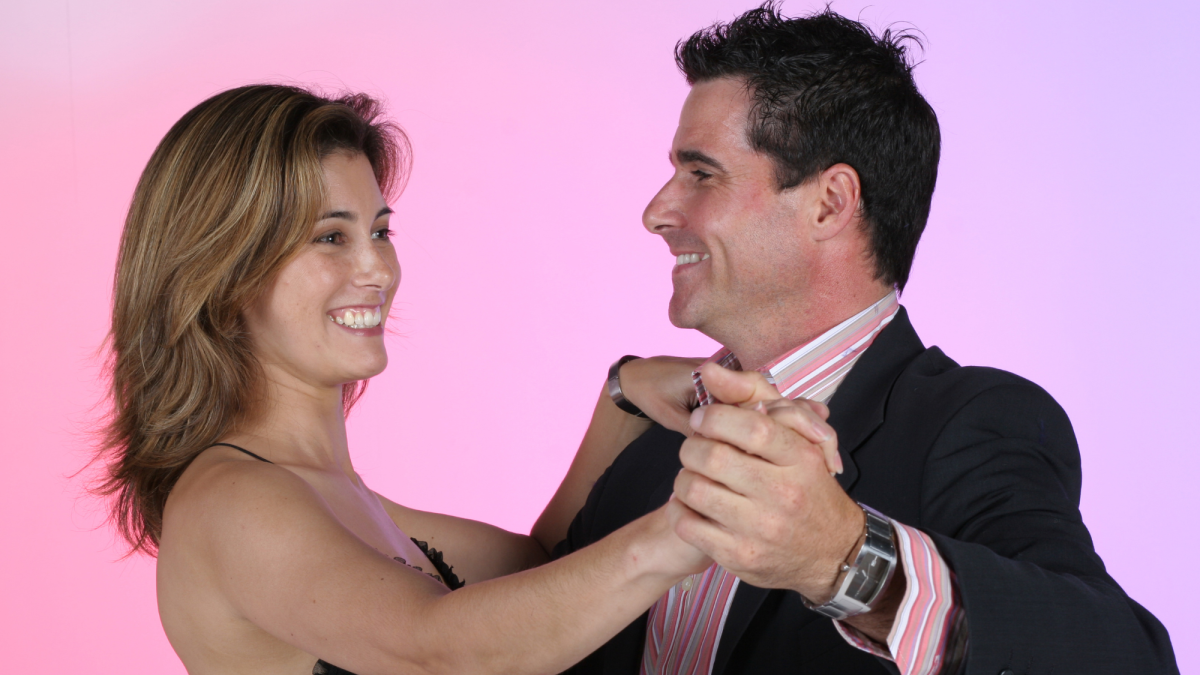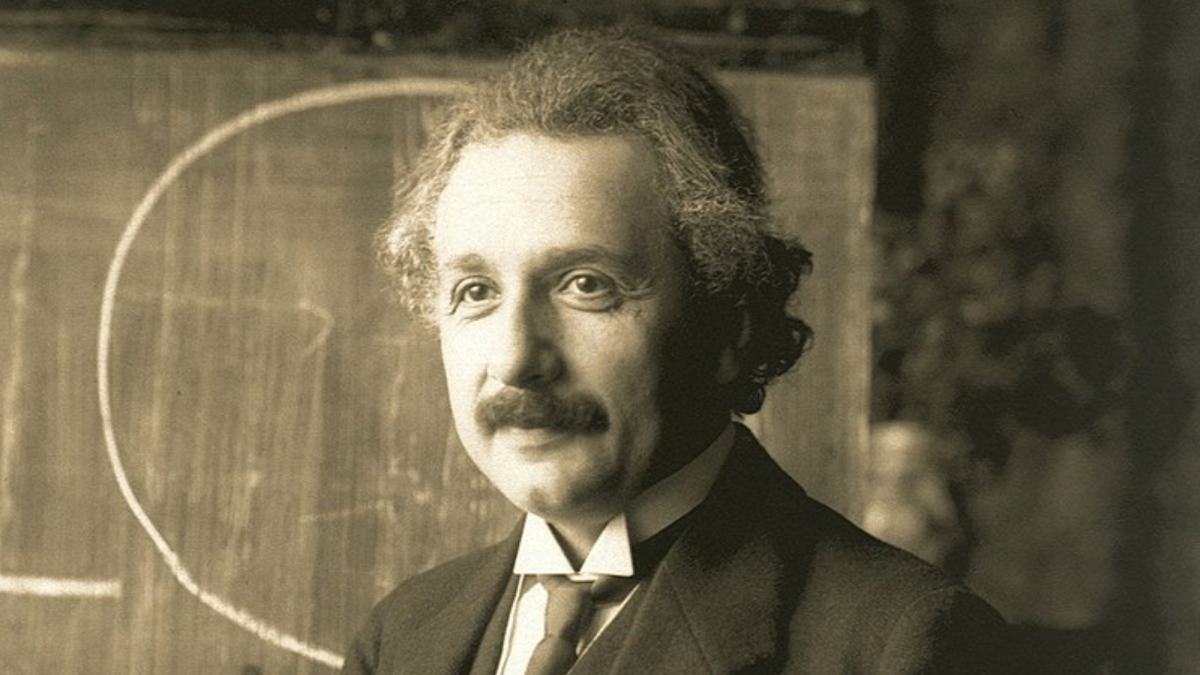Jung, Alchemy and Magick
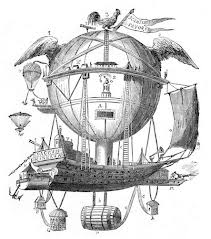
Jung was a man in contact with his unconscious mind from an early age, and many of his experiences could be classed as magical or shamanic but in the spirit of his times he carefully phrased his writings to avoid any reference to the paranormal, and his followers have sometimes gone to extraordinary lengths to avoid being tainted with the paranormal brush. Now when Quantum Physics postulates things far stranger than anything in the realm currently described as paranormal and consciousness is not just inseparable from the description of reality but, according to Philosopher David Chalmers, a fundamental and irreducible attribute of the universe I can be a little less cautious.
Crowley defined Magick as the art and science of making change occur in conformity with the Will, by which I think he meant the “True Will” which roughly corresponds to the Deep Unconscious. Here I am concerned with internal changes in the practitioner, not external changes.
Jungian psychology as a magical system
Broadly speaking a magickal system can be classified along two axes, self-power ( do it yourself) versus other power ( get a spirit to do it for you) and another where the two extremes are change the world and change yourself. By definition therapy is high on the “change yourself” axis, and many magical systems also form very good therapies.
Here I am looking at Jung's theories and trying to clarify my ideas on Jung's work in Alchemy. Much of this is based on the excellent summary in Robertson's “Jungian Archetypes” with additions based on my own study and experience. Nevertheless what I write here is based on second hand accounts of his work and I may change my ideas later after reading his alchemical works.
Jung spent the last part of his working life studying alchemy and appears to have considered it the culmination of his work. He viewed Alchemy as a spiritual path with three stages of increasing self awareness and integration.
The Human Automaton
Ouspensky viewed the vast majority of people as unconscious automata. You only have to look at people on the way to work to see what he meant: most people are creatures of mental and physical habit, conscious only on the lower levels of Maslow's hierarchies. I am currently treating Jung's alchemical path as the passage from this “unconscious” state to a “conscious” state, or perhaps more accurately, a path to freedom from the traps of habit and culture.
Integrating the Shadow
In the first stage the practitioner must accept and be reconciled with the junk in their psyche, the things they discarded or suppressed. This “junk” becomes what Jung called the Shadow and seems, wrongly in my view, to have equated the Shadow with Trickster. “Who knows what evil lurks in the hearts of men? The Shadow does”.
Before one enters this part of the path the Shadow merges with the urges of the body. Sometimes the desire and fantasies in the shadow lead to antisocial behaviour, sometimes, I think, they feedback to the body in the formation of what Reich called Character Armour, postures designed to protect the ego from these desires. In any case the Shadow must be dealt with. In dreams it may appear as a ghost inspiring terror – I can testify to this - or as an exotic person or animal. In extreme cases it may be felt when awake as an external unseen presence, a ghostly presence, or may even, I suspect, produce poltergeist effects.
Dealing with the Shadow can be painful, like the drill a dentist uses to remove decayed matter. But there can be no anaesthetic. The result of this first stage is achieving the goal of knowing oneself, enough to enter the second stage.
Given the fear you can encounter in clearing your mind of the garbage that accumulates from childhood it is best to have your heart checked before you start to access the unconscious
Union of Mind and Body
The second stage is the union of mind and body, something Robertson seems not to define but which I think of as harmony between the unconscious and the urges of the body. I would like to think this alsocorresponds to the concept of Flow and being “in the zone” as described by Csiksentmihalyi, and the glorious feeling athletes and martial artists get when their practice plays them rather than the reverse.
One path to this is meditation or active imagination. Robertson does not mention the physical paths I described above, which may be considered as meditation using the body and does not mention Shamanism, a path I consider a valid, though more difficult since I think some of the entities in the Shaman's world are not inhabitants of the collective unconsciousness.
Meditation or shamanic travel can both result in the unconscious throwing up images one would rather not see. Ghosts, Big black cats, demons and worse. I know: they haunted my dreams for years. And here is how things get painful for these images come with emotions attached normally fear. Some systems say to ignore these images, but if there is something dangerous in the unconscious one should engage with them and resolve the issue, not ignore it and hope it goes away.
If the practitioner engage with the fantasies or experiences and lets them unfold as they will they become as involved in the fantasy as an avid soap opera addict is with their favourite program. And that is where it may become painful.
Robertson notes that at this point it is more dangerous to turn back and stop the process than to continue. To me the best analogy seems to be walking on a narrow bridge over a chasm with a hungry lion on the ground behind you.
Magick for protection
There is a danger of being seduced by the images and energy from the unconscious. For example in Shamanic travel this would correspond to getting lost and forgetting the reason for travelling or concentrating on the spectacular aspects of the experience. As with computer programming one should know what one is trying to do and not get diverted: a fun tourist ride of the unconscious is OK a long as you do not do it to excess.
Robertson makes the important point that some of the technique of ceremonial magick may be useful protections before diving into the deep unconscious. For myself I tend to use my power animals as guides: not long ago I asked them to help me with an issue and was told bluntly I was not ready to deal with it. Without that I might have blundered in and hurt myself.
An alternative method might be to use a divinatory system: Runes, Tarot, I Ching or your own system and take regular readings as a basis for meditation or dream work. The idea is that the unconscious picks the symbol you need to work on.
The third stage is mystical union, the feeling of being one with the universe. It comes when it will when the second stage is complete. I have not experienced it and could not describe it if I did.
Who created Whom?
I recently came across a hint that Jung's work indicates that the archetypes created man not the other way round and that archetypes look like spirits more than anything else. Looks like I have some fun ahead
